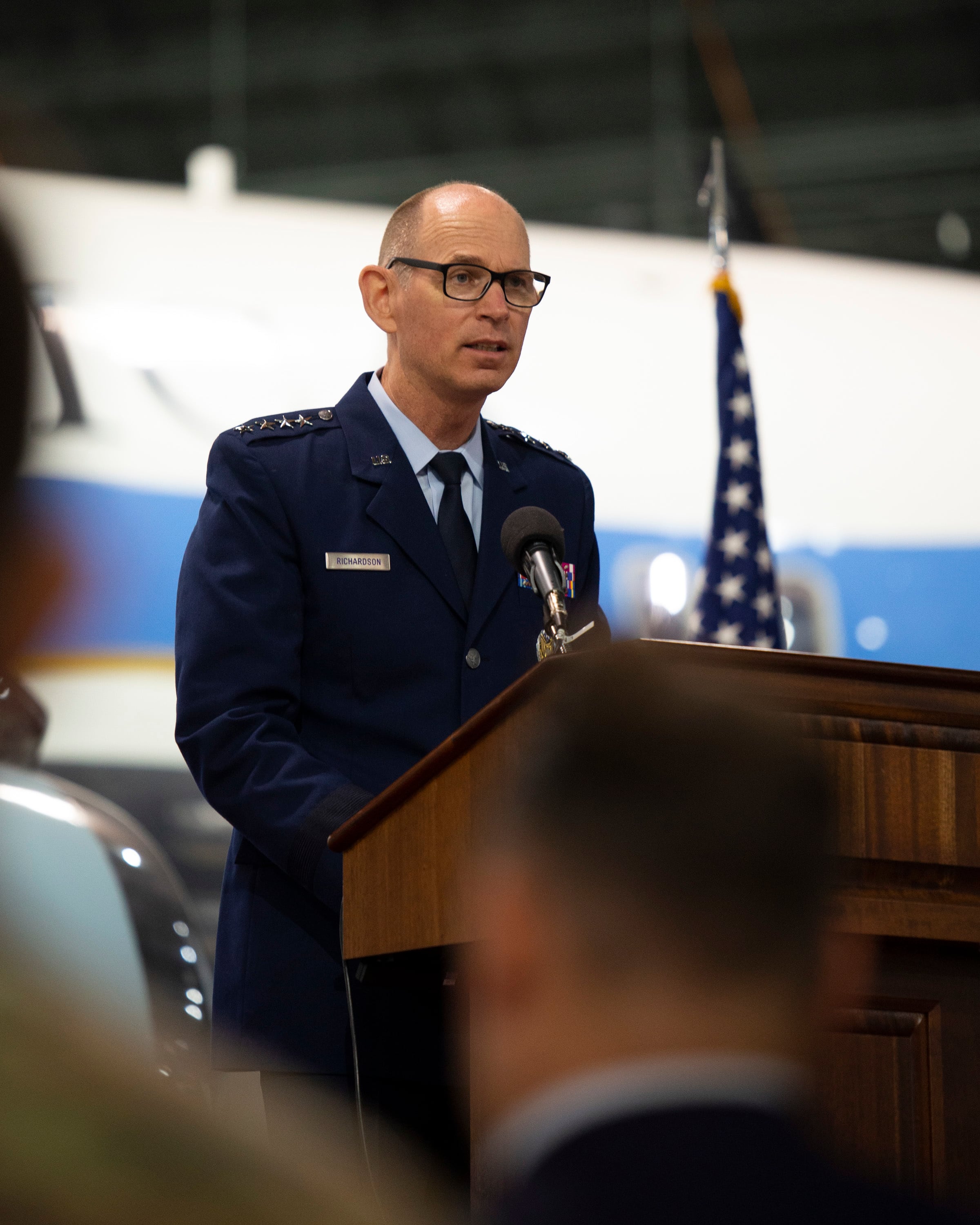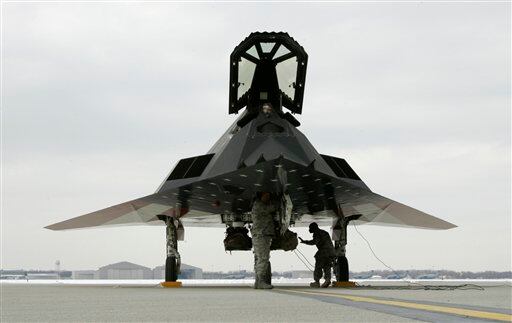WASHINGTON — The Air Force Materiel Command issued a memo directing supervisors of its civilian and uniformed workforce to reassess telework policies and ensure they are not hampering mission.
The memo, obtained by Federal Times, does not change existing policy authorizing AFMC supervisors at every level to determine the appropriate mix of in-person work and telework. Rather, it nudges the command to recognize that the timing is right to revisit the situation.
“While maximizing telework at the height of pandemic infections absolutely made sense, the current situation is different,” Derek Kaufman, an AFMC spokesperson, told Federal Times.
AFMC employs roughly 90,000 civilian and uniformed employees.
The memo was penned by Gen. Duke Richardson, commander of AFMC, and is addressed to the entire workforce. The command, headquartered at Wright-Patterson Air Force Base in Ohio, conducts research and provides acquisition management services and logistics support for U.S. Air Force weapon systems.
“While teleworking offers multiple benefits, such as improved recruiting and retention, I am concerned when extended too far telework harms our ability to completely and quickly answer our nation’s call as one synchronized team,” the memo reads.

Kaufman said current global challenges facing the command’s workforce and national security necessitate long-term and focused effort, and that Gen. Richardson articulated a belief in the memo that face-to-face interaction yields faster and better solutions.
Ultimately, though, supervisors remain responsible for making the call for their teams.
For staff at AFMC headquarters, the telework readjustment process would be guided by several factors, including an expectation that telework levels would be higher than they were pre-pandemic, but lower than at its peak. The memo also said that “in most cases, each HQ AFMC staff member shall spend a preponderance” of duty hours in the workplace, though other flexibilities to attend to personal matters will still be encouraged. And in most cases, uniformed Airmen will not be approved for regular and recurring telework, the memo said.
The command is not setting a telework percentage goal for any team.
“While doing so made sense in the height of the pandemic, when stopping the spread of the disease was paramount, it does not make sense now,” the memo said. “Application of the existing policy, informed by this Commander’s Intent, will ensure we settle into the optimal long-term ‘new normal’ in a posture that ensures maximum and timely support to our warfighters.”
During the pandemic, Air Force Lt. Gen. B.J. Shwedo, the Joint Staff’s director for command, control, communications, and computers/cyber, and chief information officer, said as many as 4 million Department of Defense military and civilian workers were teleworking, as of an April 2020 post by the department.
The daily average of employees working in-person at the Pentagon decreased by 77%, from more than 24,000 to about 5,300, when agencies first responded to the rapid spread of the coronavirus. At time, the occupancy rate was less than 20%.
In March of this calendar year, around the two-year anniversary of the worldwide public health crisis, Deputy Secretary Kathleen Hicks planted the seed for reentry. The guidance was not intended to be “one size fits all” and would be predicated on supervisors leading discussions with their own teams.
Gen. Richardson’s memo echoed the secretary’s willingness on paper to give flexibilities a future of some kind in the post-pandemic workplace.
To be sure, there are certain occupations within the services and AFMC that were not, and are not, suitable for telework, officials said.
Situational telework was an option used by about 35% of AFMC civilians, said Tammy Lyons, acting director of AFMC Manpower, Personnel and Services, to Federal Times in an email.
Other occupations, such as firefighters, security police, medical personnel, air traffic controllers, child development center personnel, depot workers and those working with classified information, could not be performed from a home office.
Governmentwide, flexible work has become a decisive factor in retention. About a quarter of federal employees surveyed in the Office of Personnel Management’s Federal Employee Viewpoint Survey said they would consider leaving their post based on their current telework or remote work policy.
The command said that in fiscal 2021, AFMC’s civilian employee attrition rate was 8.2%, which increased slightly in 2022 to 10.2%.
The Air Force Times previously reported in September that the branch is having one of the toughest enlisted recruiting stretches of the past 25 years.
“While we recognize that reducing our pandemic-level telework posture may cause some employees to seek opportunities elsewhere, we are confident that our flexible, balanced approach will continue to meet the needs of our outstanding workforce and also attract others who want to be involved in the vital mission of defending our nation,” Lyons said via email.
Rachel Cohen contributed reporting.
Molly Weisner is a staff reporter for Federal Times where she covers labor, policy and contracting pertaining to the government workforce. She made previous stops at USA Today and McClatchy as a digital producer, and worked at The New York Times as a copy editor. Molly majored in journalism at the University of North Carolina at Chapel Hill.





